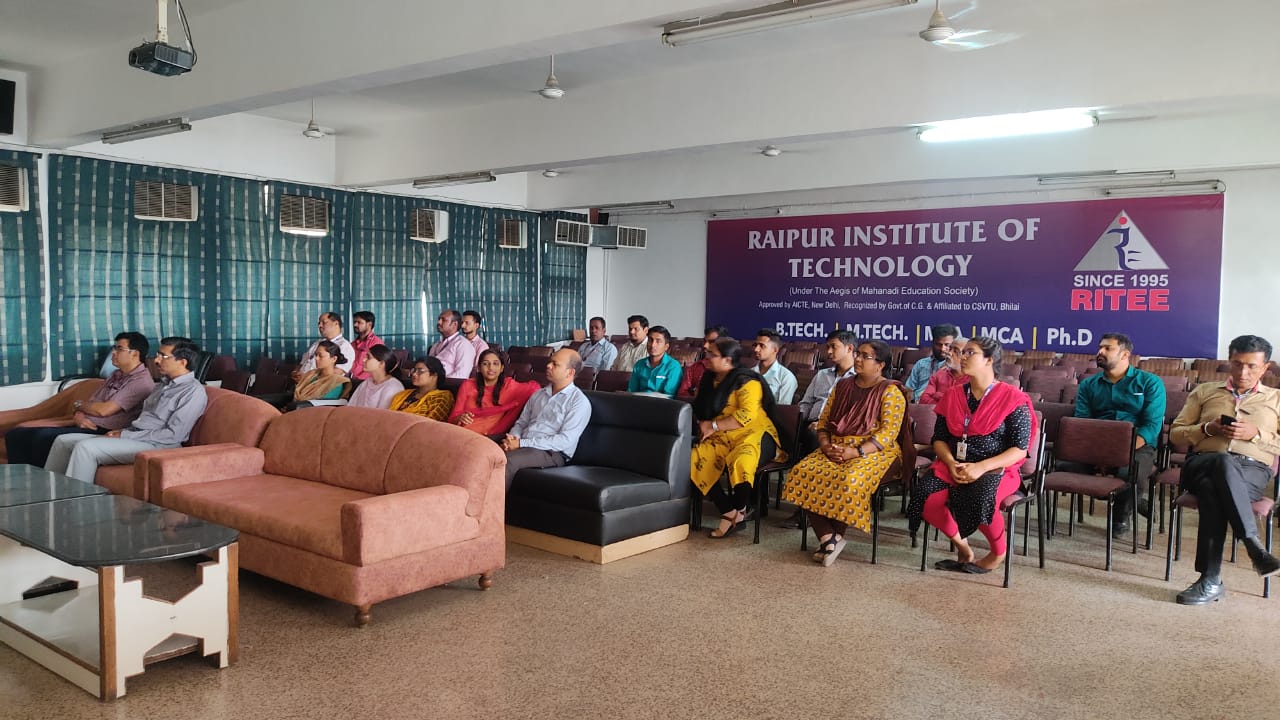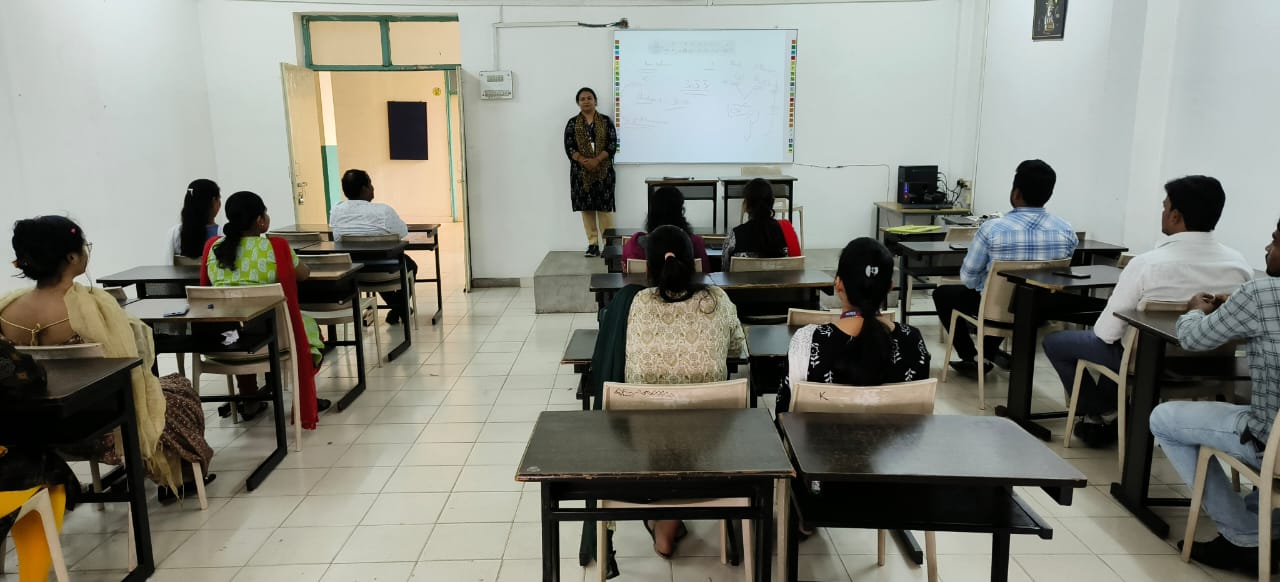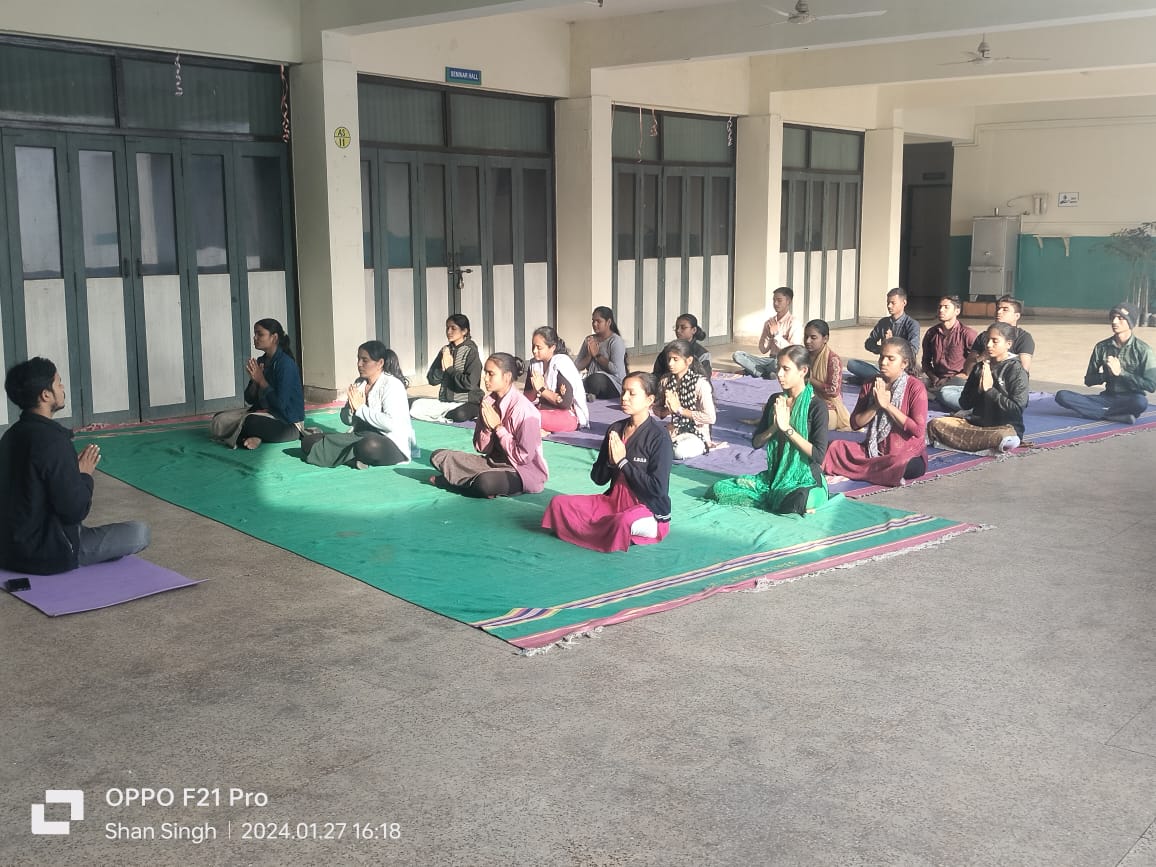Why Meditation?
Enhancing Student Performance Through Meditation
Meditation can significantly benefit students by improving their concentration skills. In today's fast-paced world filled with distractions, students often struggle to focus on their studies. However, with the practice of meditation, they can cultivate a sense of mental clarity and enhance their ability to concentrate effectively.
Meditation activates the right side of the brain, which is responsible for creativity, intuition, and holistic thinking. By engaging this part of the brain, students can achieve a state of mental balance that reduces the impact of distractions such as social media, television, and mobile devices. As a result, they can devote more time and energy to their academic pursuits.
With regular meditation practice, students develop heightened focus and attention. They learn to quieten their minds, letting go of wandering thoughts and bringing their awareness to the present moment. This increased mindfulness enables them to concentrate more deeply on their studies, absorbing information more efficiently and retaining knowledge for longer periods.
Moreover, meditation sharpens cognitive abilities such as memory, problem-solving, and decision-making. By training the mind to remain calm and focused during meditation sessions, students develop resilience against stress and anxiety, which are common barriers to concentration. As a result, they can approach their studies with a clearer and more composed mindset, leading to improved academic performance.
Furthermore, meditation enhances self-awareness and emotional regulation, empowering students to manage distractions and stay on task. By cultivating a greater sense of inner peace and tranquility, they can navigate the challenges of student life with confidence and resilience. This emotional stability further bolsters their concentration levels, enabling them to stay focused even in demanding academic environments.






